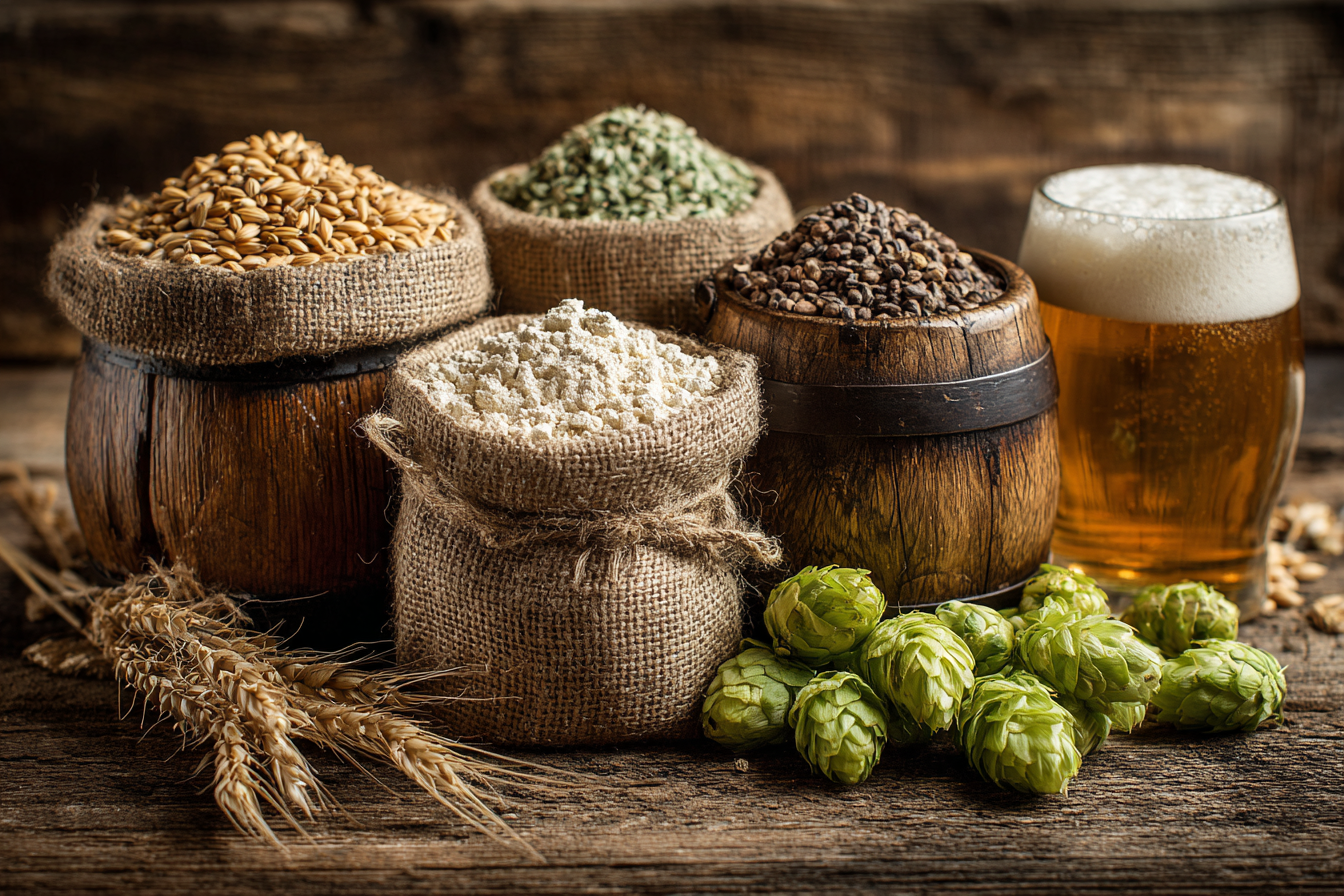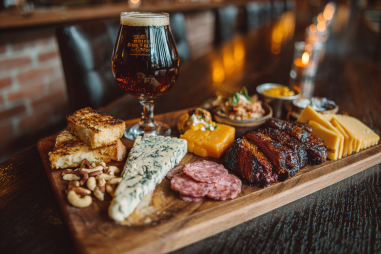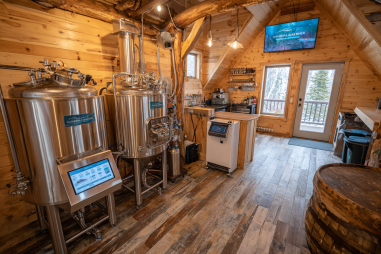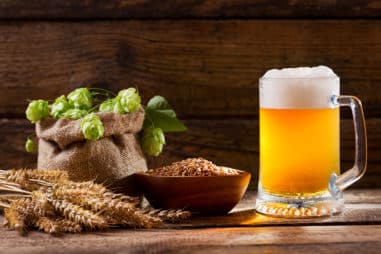Scottish Ale is renowned for its rich, malty character and smooth, rounded flavors that have delighted beer enthusiasts for generations. At the heart of this classic ale style lies a thoughtful selection of brewing ingredients that come together to create its distinctive taste. From the choice of malt, the subtle use of hops, to the yeast fermentation and even the unique water profile found in Scotland, each element plays a vital role in shaping the final product. In this article, we’ll explore these essential ingredients and explain how they contribute to the beloved flavor of Scottish Ale.
Malts: The Foundation of Flavor
The backbone of any Scottish Ale is its malt bill, which largely defines its rich, caramel sweetness, gentle toastiness, and deep color. Unlike some beer styles that rely heavily on hops for their flavor profile, Scottish Ale’s character is primarily malt-driven.
Scottish brewers typically use a mix of the following malt varieties:
- Pale Malt: The base malt in Scottish Ale, pale malt provides essential fermentable sugars and a mild grainy flavor that forms the foundation of the beer.
- Crystal or Caramel Malts: Used sparingly, these malts add caramel, toffee, and sometimes slight burnt sugar notes which enhance the malt complexity.
- Roasted Barley or Chocolate Malt: In certain variants like the heavier “Wee Heavy” Scotch ales, small amounts of roasted malt contribute to a darker hue and subtle roasted flavors, though this is far less pronounced than in stouts or porters.
Malts grown in Scotland possess unique qualities due to the climate and soil, which can add subtle regional distinctions. The malt choice is meticulously calibrated to deliver the smooth, malty sweetness that defines the style without overwhelming bitterness or heaviness.
Hops: The Subtle Bitterness
While hops are not the star ingredient in Scottish Ales, their role is essential for balancing the sweetness of the malt. Historically, Scottish brewers used local hop varieties that imparted mild bitterness without assertive aroma or flavor characteristics.
Traditional hops found in Scottish ales include:
- East Kent Goldings: Known for their gentle floral and earthy character.
- Fuggle: A classic British hop with mild woodsy and herbal notes.
The hop rate is deliberately low, resulting in a restrained bitterness that complements rather than competes with the malt. This restrained hopping creates a smooth mouthfeel and allows the malt to shine as the primary flavor driver.
Yeast Strains: Fermentation and Flavor Nuance
Yeast plays a pivotal role by transforming sugars into alcohol and carbon dioxide, but also by imparting subtle flavor compounds that influence the character of Scottish Ale. Scottish ale yeast strains are typically clean-fermenting, emphasizing malt flavors over fruity esters.
Common yeast characteristics in Scottish Ale include:
- Clean fermentation: Minimal fruity esters and phenols, allowing malt complexity to stay front and center.
- Moderate attenuation: Leaving a slightly fuller body, lending to the smooth texture often associated with these ales.
This subdued yeast profile aligns perfectly with the style’s overall malt-forward approach, ensuring no overpowering flavors disrupt the harmonious balance.
Water: The Scottish Mineral Profile
Water is an often overlooked but crucial ingredient in brewing, and the naturally soft water of Scotland has had a significant influence on the development of Scottish Ale brewing traditions. Soft water means low mineral content, especially low in sulfates and bicarbonates, which avoids harsh bitterness and helps malt sweetness come forward.
Key characteristics of Scottish water include:
- Low carbonate levels, preventing the beer from becoming too alkaline during mashing.
- Softness, contributing to a round, smooth mouthfeel.
- Minimal sulfate content, reducing hop bitterness impact.
Modern breweries often adjust their water chemistry to replicate this softness when brewing Scottish Ale outside Scotland, preserving the traditional flavor profile connected to their homeland.
Optional Adjuncts: Tradition and Innovation
While classic Scottish Ale recipes focus on malt, hops, yeast, and water, some brewers historically incorporated adjuncts for practicality and flavor nuance. These adjuncts are optional but can add subtle touches to the beer’s complexity.
Traditional adjuncts include:
- Peat-Smoked Malt: Occasionally used in small amounts to impart a faint smoky character reminiscent of Scotch whisky heritage, but never overpowering.
- Flaked Barley or Oats: Added to enhance body and mouthfeel.
- Heather Flowers: Less common, but historically used in some parts of Scotland to add unique aromatic notes, connecting the beer to the local landscape.
These adjuncts are not integral but serve as a creative nod to Scotland’s brewing heritage and natural environment.
The Role of Ingredients in Shaping Scottish Ale
The harmony of ingredients is what makes Scottish Ale truly distinctive. The interplay between rich malts and minimal hops, clean yeast fermentation, and soft water creates a beer that is smooth, malty, and easy to drink yet full of complex flavor layers. Each ingredient works in concert to evoke both the natural environment and the cultural brewing traditions of Scotland.
Whether brewing a light 60/- session ale or a rich and warming Wee Heavy, understanding and selecting the right ingredients is essential for crafting an authentic Scottish Ale. By paying close attention to malt selection, maintaining restrained hopping, choosing an appropriate yeast strain, and considering water chemistry, brewers can recreate the classic flavors that define this treasured beer style.
In the end, it’s this meticulous focus on ingredient quality and balance that keeps Scottish Ale a beloved staple both in Scotland and around the world.







